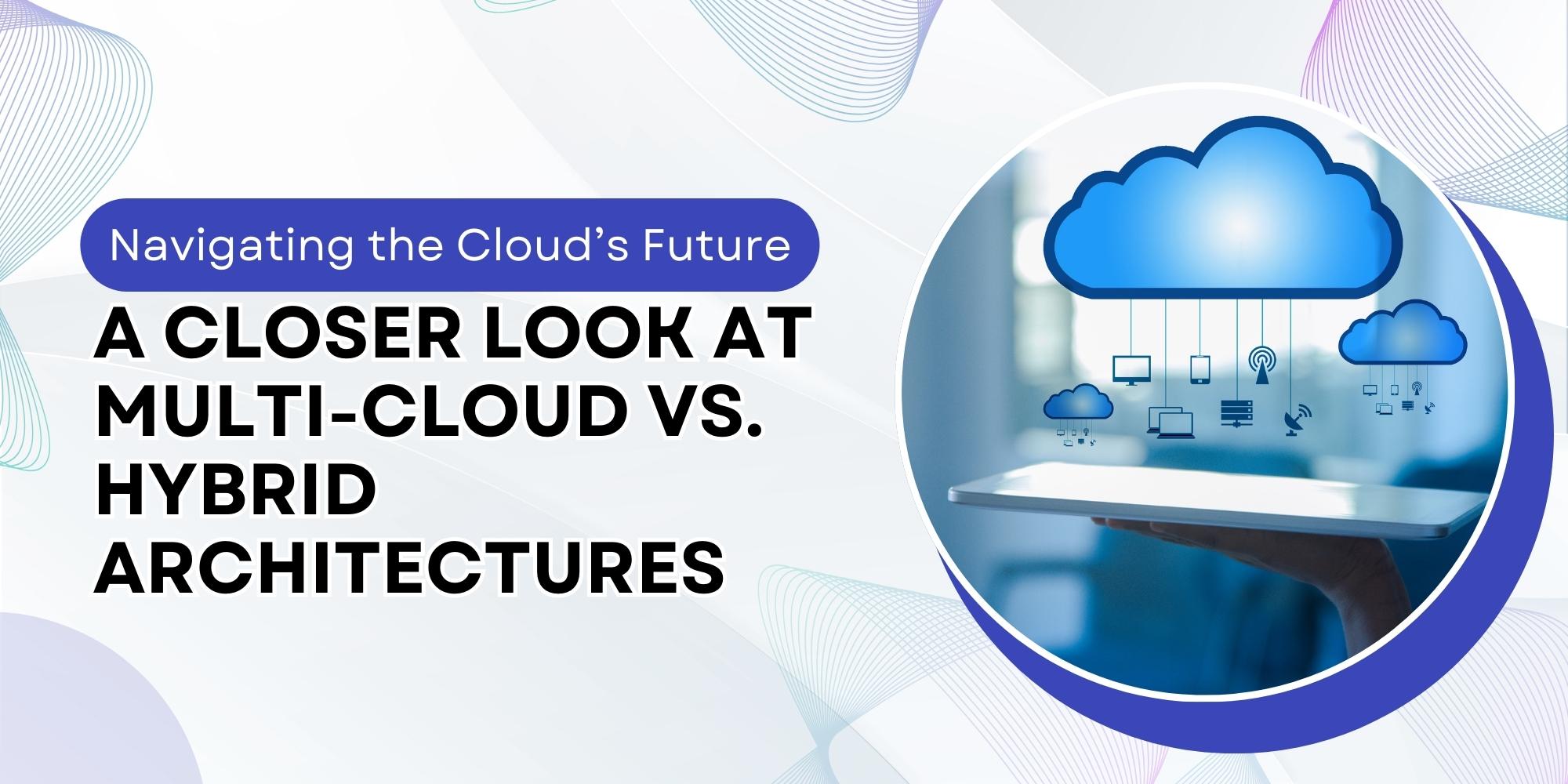Welcome guys! Grab your favorite drink and get cozy! Let’s explore the future of the cloud together and understand the differences between multi-cloud and hybrid architectures.
In today’s rapidly evolving digital landscape, the quest for the perfect cloud computing solution has become a top priority for businesses worldwide. With scalability, agility, and cost-efficiency as primary objectives, choosing the right cloud deployment model is critical. Among the plethora of options available, the multi-cloud and hybrid cloud architectures often stand out, but understanding their nuances is essential to making an informed decision.
Understanding Cloud Deployment Models
Before diving into the specifics of multi-cloud and hybrid architectures, let’s establish a common ground on cloud deployment models. Cloud computing provides access to IT resources such as servers, storage, databases, and networking over the internet, delivered as services by cloud service providers (CSPs) in three main models: Public Cloud, Private Cloud, and Hybrid Cloud.
Unveiling the Multi-Cloud
A multi-cloud architecture harnesses multiple public cloud services from different providers, leveraging their unique strengths and features. This approach offers unparalleled flexibility, allowing organizations to select the best-fit services for their diverse workloads. By diversifying across providers, multi-cloud strategies mitigate the risk of downtime due to a single provider outage. However, managing multiple cloud environments demands robust governance and monitoring capabilities, adding complexity to the equation.
Decoding the Hybrid Cloud
In contrast, hybrid cloud deployments combine public cloud infrastructure with on-premise or private cloud resources. This integration enables seamless connectivity between environments, facilitating data and application mobility. Hybrid cloud solutions are ideal for businesses seeking a balance between control and scalability. While sensitive data can remain in the private cloud for enhanced security and compliance, the public cloud offers scalability and cost-efficiency. Yet, challenges such as complexity, data synchronization, and consistent management persist in hybrid environments.
Choosing Your Cloud Strategy
Selecting the optimal cloud strategy hinges on understanding your organization’s unique requirements. Factors such as workload diversity, data sensitivity, compliance, and cost must be carefully evaluated. While multi-cloud architectures offer unparalleled flexibility and risk mitigation, hybrid cloud solutions provide a harmonious blend of control and scalability.
In the ever-evolving cloud landscape, there is no one-size-fits-all solution. It’s imperative to assess your business needs, seek guidance from experts, and craft a cloud strategy aligned with your objectives. Whether you opt for a multi-cloud approach or embrace hybridity, adaptability and informed decision-making are paramount.
Embracing the Cloud’s Future
As businesses embark on their cloud journey, the future lies in adaptability and informed choices. Just as one selects from different types of fruits, the cloud landscape offers a variety of deployment models to suit diverse needs. By staying informed and choosing wisely, organizations can navigate the complexities of cloud computing and pave the way for innovation and growth in the digital era.
Hope you enjoyed this post! While you’re here, and in a reading mood, why not check out a few of our other pieces? We have several blog posts on the topic of Cloud technology we just know you’ll love. Browse the topics here.




